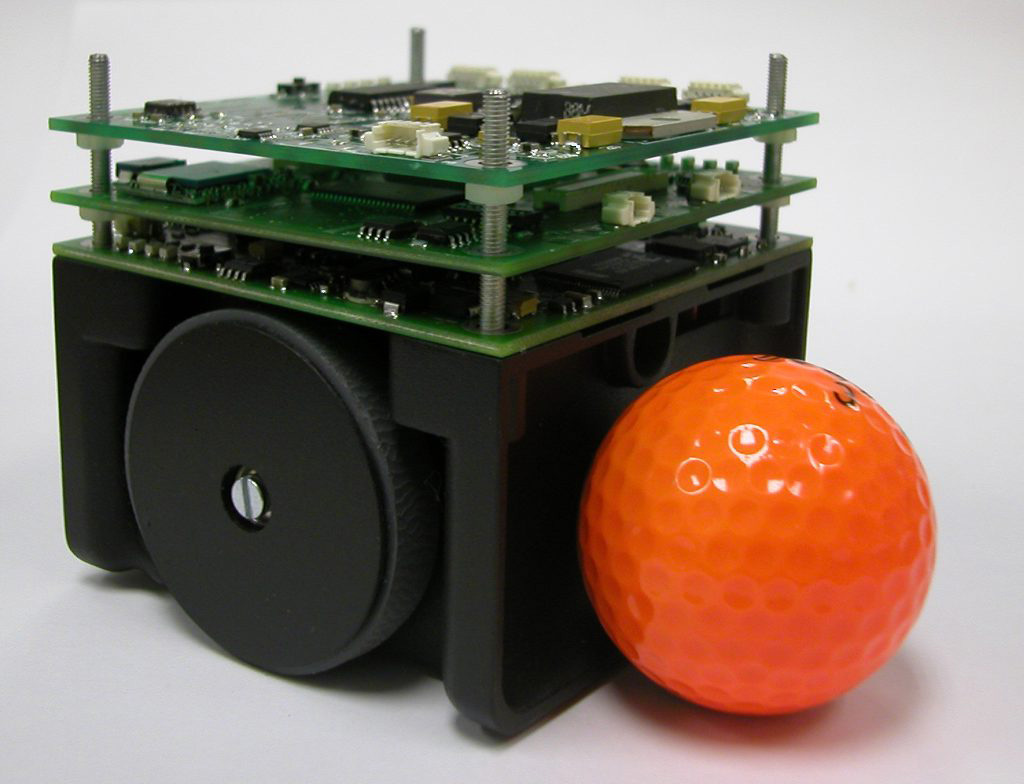Next: Search for corresponding lines
Up: Methods
Previous: Line Extraction
Correspondence Analysis
According to a recent taxonomy [SS02], methods creating a dense disparity map can be roughly divided into two groups.
- Global algorithms
- [KZ02], which tries to assign disparities in order to minimize a global cost function. They yield very accurate and dense disparity maps but at the expense of highly computational efforts, thus are not applicable to real-time environments.
- Local algorithms
- [HIG02,DSMMN02,KKK+95], also referred to as area-based algorithms, compare the photometric properties of neighbouring pixels in order to determine disparity. They yield significantly less accurate results compared to global algorithms, but may run in real-time. This depends heavily on the maximum disparity allowed.
The fastest method to compute disparity is a feature-based approach with the constraint that the feature extraction is fast – which is the first problem that has to be solved. To find a feature which is easy to extract and easy to compare. Features are striking parts of an image, thus have a strong relation to the environment and the objects that are recorded. In the case of a football playing robot, the football field and the robots. The size of the robots in the MiroSOT football league is limited to 8cm x 8xm x 8cm. Figure 3.10 shows the official football field of the MiroSOT football league. Viewed from the camera of the Tinyphoon robot (Figure 3.11), the goal, the markers on the ground and the field are , when projected to the image plane, represented by lines. Thus, lines are chosen as features for the corresponding analysis.
The benefit of a straight line is that it has a memory efficient description and that a fast line extraction can be implemented. In Section 3.4 an iterative line detector has been presented. Besides the Canny edge detector it has a time complexity (TC) of ![]() , where
, where ![]() is the number of image points. To find corresponding lines, every line has to be compared with each other, thus the TC of the correspondence analysis is
is the number of image points. To find corresponding lines, every line has to be compared with each other, thus the TC of the correspondence analysis is ![]() .
.
Next: Search for corresponding lines
Up: Methods


